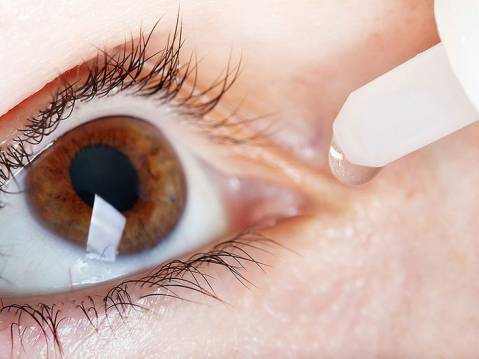Allergies can be a nuisance, as they affect millions of people worldwide. One common symptom that allergy sufferers often experience is itchy, red, and watery eyes. The discomfort caused by allergic conjunctivitis can greatly affect one’s quality of life. This is where eye drops for allergies come in handy. These drops are designed to alleviate the symptoms associated with ocular allergies quickly and effectively.
In this blog post, we’ll take a closer look at why eye drops are an essential treatment option for those dealing with allergic reactions, how they work, and the different types available on the market today.
Introduction to Eye Allergies and Symptoms
Eye allergies are a common condition that affects many individuals, especially during the spring season. Allergies occur when the immune system responds to an allergen, which is a substance that triggers an allergic reaction. In the case of eye allergies, the allergen can be pollen, dust, smoke, or other substances that come into contact with the eyes.
Common symptoms of eye allergies include redness, itching, and watering of the eyes. In severe cases, individuals may also experience skin rashes, vertigo, weak and rapid pulse, nausea, and vomiting.
With many effective over-the-counter and prescription eye drops available, it is important to recognize the symptoms of an eye allergy and seek treatment promptly to alleviate discomfort and prevent further complications.
Which eye drop is best for eye allergy?
When it comes to choosing the best eye drops for allergy relief, it’s important to consider the type of allergy and symptoms experienced.
Pataday Extra Strength Once Daily Relief and Alaway Allergy Itch Relief Eye Drops are two of the most effective options for both antihistamine and mast cell stabilization properties. Ketotifen is another popular antihistamine eye drop option.
For those on a budget, Visine Allergy Eye Relief Eye Drops offer great value. While decongestant eye drops provide quick relief for redness, they should only be used for a short period of time. It’s important to consult with a doctor or optometrist before using any eye drops, especially if there are underlying conditions or medications being taken. It’s also important to follow the recommended usage guidelines to ensure safety and effectiveness.

Do you need a prescription for allergy eye drops?
Allergy eye drops are available both with and without a prescription. Over-the-counter antihistamine eye drops such as Pataday, Alaway, and Zaditor are popular choices for most people suffering from mild to moderate eye allergy symptoms. However, prescription allergy eye drops like loteprednol (Alrex, Lotemax) and olopatadine (Patanol, Pataday) are stronger and can provide quick relief from severe and long-standing allergic reactions. It is always recommended to consult a healthcare professional before using prescription eye allergy drops as they may cause adverse side effects if misused or overused. So, when it comes to choosing the right eye drop for your allergy symptoms, it’s best to discuss with your doctor whether you need a prescription or if over-the-counter options will suffice.
How quickly do antihistamine eye drops work?
Antihistamine eye drops are a commonly used remedy to relieve the symptoms of eye allergies. They work by blocking the histamine receptors in the eyes, which reduces redness, itching, and swelling. The speed at which antihistamine eye drops work can vary. Some may offer relief within minutes, while others may take longer to take effect.
It is important to note that relief may only last for a few hours, and frequent use may cause the eyes to become dry. In general, antihistamine eye drops are a fast-acting solution for short-term relief of eye allergy symptoms. However, if symptoms persist for more than a few days or become severe, it is important to consult a doctor.
How many days can you use antihistamine eye drops?
Antihistamine eye drops are an effective option for relieving the symptoms of eye allergies, including itchy and watery eyes. However, it is important to use them correctly to avoid any potential side effects. These eye drops should not be used for more than 14 days without consulting a doctor. After this period, the use of the eye drops may cause further irritation and redness, and can eventually worsen the allergy symptoms.
It is crucial to follow the instructions on the packaging, or as recommended by your doctor, to ensure safe and effective use of the eye drops. Therefore, it is important to consult a medical professional before using antihistamine eye drops, especially if experiencing chronic or severe allergies.
Are antihistamine eye drops safe?
When it comes to using antihistamine eye drops for allergies, safety is an important concern. While antihistamine eye drops are generally considered safe, it is important to follow the instructions carefully and use them only as directed.
Overuse of these drops can lead to side effects such as dry eyes, blurred vision, and irritation. It is also important to note that antihistamine eye drops may not be safe for everyone. Those with certain medical conditions, such as glaucoma, may need to avoid using these drops. It is always best to consult with a healthcare provider before use, especially if you have any concerns about safety.
Overall, when used properly and under the guidance of a healthcare provider, antihistamine eye drops can be an effective treatment option for managing the symptoms of eye allergies.






